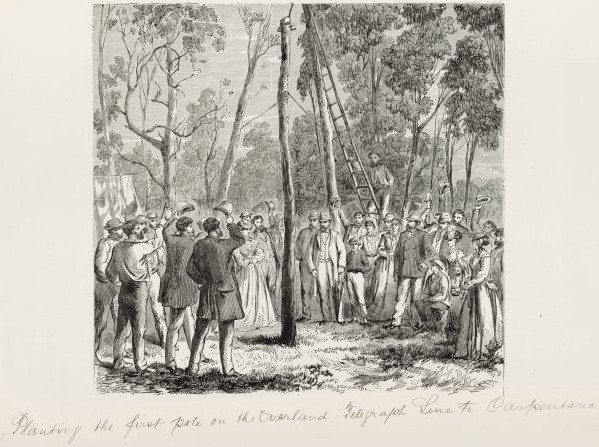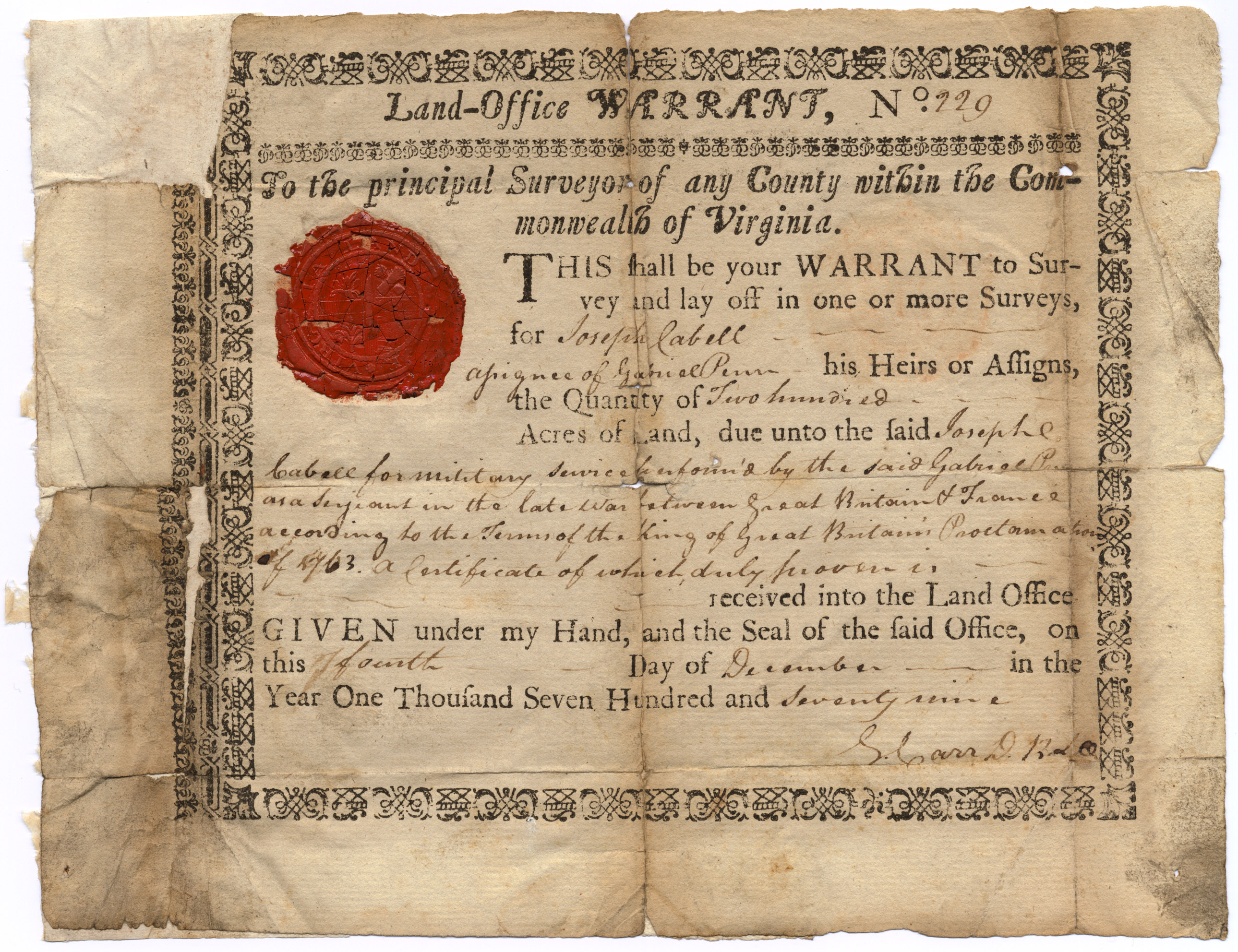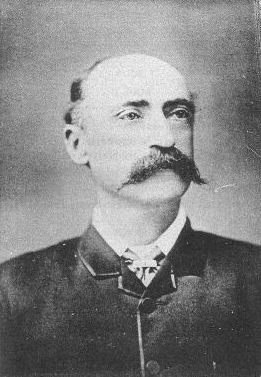|
Oodnadatta, South Australia
Oodnadatta is a small, remote outback town and locality in the Australian state of South Australia, located north-north-west of the state capital of Adelaide by road or direct, at an altitude of . The unsealed Oodnadatta Track, an outback road popular with tourists, runs through the town. Town facilities include a hotel, caravan park, post office, general stores, police station, hospital, fuel and minor mechanical repairs. The old railway station now serves as a museum. From the 1880s to the 1930s, Oodnadatta was a base for camel drivers and their animals, which provided cartage when the railway was under construction and along outback tracks before roads were established. After the railway line was lifted, Oodnadatta's role changed from that of a government service centre and supply depot for surrounding pastoral properties to a residential freehold town for Aboriginal families who, moving from cattle work, bought empty houses as their railway employee occupants left. Orig ... [...More Info...] [...Related Items...] OR: [Wikipedia] [Google] [Baidu] |
Adelaide City Centre
Adelaide city centre () is the inner city locality of Adelaide, Greater Adelaide, the capital city of South Australia. It is known by locals simply as "the City" or "Town" to distinguish it from Greater Adelaide and from the City of Adelaide local government area (which also includes North Adelaide and from the Adelaide Park Lands, Park Lands around the whole city centre). The residential population was 18,202 in the , with a local worker population of 130,404. Adelaide city centre was planned in 1837 on a Greenfield land, greenfield site following a Grid plan, grid layout, with streets running at right angles to each other. It covers an area of and is surrounded by of park lands.The area of the park lands quoted is based, in the absence of an official boundary between the City and North Adelaide, on an east–west line past the front entrance of Adelaide Oval. Within the city are five parks: Victoria Square, Adelaide, Victoria Square in the exact centre and four other, smal ... [...More Info...] [...Related Items...] OR: [Wikipedia] [Google] [Baidu] |
Australian Overland Telegraph Line
The Australian Overland Telegraph Line was an electrical telegraph system for sending messages the between Darwin, in what is now the Northern Territory of Australia, and Adelaide, the capital of South Australia. Completed in 1872 (with a line to Western Australia added in 1877), it allowed fast communication between Australia and the rest of the world. When it was linked to the Java-to-Darwin submarine telegraph cable several months later, the communication time with Europe dropped from months to hours; Australia was no longer so isolated from the rest of the world. The line was one of the great engineering feats of 19th-century Australia and probably the most significant milestone in the history of telegraphy in Australia. Conception and competition By 1855 speculation had intensified about possible routes for the connection of Australia to the new telegraph cable in Java and thus Europe. Among the routes under consideration were either Ceylon to Albany in Western Austr ... [...More Info...] [...Related Items...] OR: [Wikipedia] [Google] [Baidu] |
Roebuck Bay
Roebuck Bay is a bay on the coast of the Kimberley (Western Australia), Kimberley region of Western Australia. Its entrance is bounded in the north by the town of Broome, Western Australia, Broome, and in the south by Bush Point and Sandy Point. It is named after , the ship captained by William Dampier when he explored the coast of north-western Australia in 1699. The Broome Bird Observatory lies on the northern coast of the bay. Description Roebuck Bay is a 550 km2 (210 mi2) tropical, marine embayment. It has red sandy beaches and areas of mangroves, with the eastern edge of the bay being made up of linear Creek (tidal), tidal creeks. It is surrounded by grasslands and pindan woodland.Protecting Ramsar Wetlands. The northern shore of the bay is dominated by a long and low red cliff, 2–6 m in height, of pindan soil which gives the beaches there their distinctive red colouration. It overlies yellowish-red Broome Sandstone of Cretaceous age which, when expose ... [...More Info...] [...Related Items...] OR: [Wikipedia] [Google] [Baidu] |
Land Grant
A land grant is a gift of real estate—land or its use privileges—made by a government or other authority as an incentive, means of enabling works, or as a reward for services to an individual, especially in return for military service. Grants of land are also awarded to individuals and companies as incentives to develop unused land in relatively unpopulated countries; the process of awarding land grants are not limited to the countries named below. The United States historically gave out numerous land grants as homesteads to individuals desiring to make a farm. The American Industrial Revolution was guided by many supportive acts of legislatures (for example, the Main Line of Public Works legislation of 1863) promoting commerce or transportation infrastructure development by private companies, such as the Cumberland Road turnpike, the Lehigh Canal, the Schuylkill Canal and the many railroads that tied the young United States together. Ancient Rome Roman soldiers were giv ... [...More Info...] [...Related Items...] OR: [Wikipedia] [Google] [Baidu] |
Australian Railway History
''Australian Railway History'' is a monthly magazine covering railway history in Australia, published by the New South Wales Division of the Australian Railway Historical Society on behalf of its state and territory Divisions. History and profile It was first published in 1937 as the ''Australasian Railway and Locomotive Historical Society Bulletin''. It was renamed ''ARHS Bulletin'' in 1952. In January 2004, the magazine was re-branded as ''Australian Railway History''. Historically, the magazine had a mix of articles dealing with historical material and items on current events drawn from its affiliate publications. Today, it contains only historical articles, two or three of them being in-depth. References Publication details *''Australian Railway History: bulletin of the Australian Railway Historical Society'' Redfern, New South Wales Vol. 55, no. 795 (Jan. 2004)- *''Bulletin (Australian Railway Historical Society The Australian Railway Historical Society (AR ... [...More Info...] [...Related Items...] OR: [Wikipedia] [Google] [Baidu] |
South Australian Chronicle
''The Chronicle'' was a South Australian weekly newspaper, printed from 1858 to 1975, which evolved through a series of titles. It was printed by the publishers of '' The Advertiser'', its content consisting largely of reprints of articles and Births, Marriages and Deaths columns from the parent newspaper. Its target demographic was country areas where mail delivery was infrequent and businesses that serviced those areas. History ''South Australian Weekly Chronicle'' When ''The South Australian Advertiser'' was first published, on 12 July 1858, the editor and managing director John H. Barrow also announced the ''South Australian Weekly Chronicle'', which published on Saturdays. ''South Australian Chronicle and Weekly Mail'' On 4 January 1868, with the installation of a new steam press, the size of the paper doubled to four sheets, or sixteen pages and changed its banner to ''The South Australian Chronicle and Weekly Mail''. The editor at this time was William Hay, and its of ... [...More Info...] [...Related Items...] OR: [Wikipedia] [Google] [Baidu] |
Marree, South Australia
Marree ( , formerly Hergott Springs) is a small town located in the north of South Australia. It is located north of Adelaide at the junction of the Oodnadatta Track and the Birdsville Track, above sea level. Marree is an important service centre for the large sheep and cattle stations in north-east South Australia as well as a stopover destination for tourists travelling along the Birdsville or Oodnadatta Tracks. The area is the home of the Dieri Aboriginal people. The major areas of employment are mining, agriculture and accommodation services. The town was home to Australia's first mosque, which was made of mud brick and built by the Afghan cameleers employed at Marree's inception. At the turn of the 20th century the town was divided in two, with Europeans on one side and Afghans and Aboriginals on the other. History and etymology The first European to explore the area was Edward John Eyre, who passed through in 1840. In 1859, explorer John McDouall Stuart visited the a ... [...More Info...] [...Related Items...] OR: [Wikipedia] [Google] [Baidu] |
Afghan (Australia)
Afghan cameleers in Australia, also known as "Afghans" () or "Ghans" (), were camel drivers who worked in Outback Australia from the 1860s to the 1930s. Small groups of cameleers were shipped in and out of Australia at three-year intervals, to service the Australian inland pastoral industry by carting goods and transporting wool bales by camel trains. They were commonly referred to as "Afghans", even though the majority of them originated from the far western parts of British India, primarily the North-West Frontier Province and Balochistan (now Pakistan), which was inhabited by ethnic Pashtuns (historically known as Afghans) and Balochs. Nonetheless, many were from Afghanistan itself as well. In addition, there were also some with origins in Egypt and Turkey.Afghan cameleers in Australia [...More Info...] [...Related Items...] OR: [Wikipedia] [Google] [Baidu] |
Camel Train
A camel train, caravan, or camel string is a series of camels carrying passengers and goods on a regular or semi-regular service between points. Despite rarely travelling faster than human walking speed, for centuries camels' ability to withstand harsh conditions made them ideal for communication and trade in the desert areas of North Africa and the Arabian Peninsula. Camel trains were also used sparingly elsewhere around the globe. Since the early 20th century they have been largely replaced by motorized vehicles or air traffic. Africa, Asia and the Middle East By far, the greatest use of camel trains occurs between North and West Africa by the Tuareg, Shuwa and Hassaniyya, as well as by culturally-affiliated groups like the Toubou, Hausa and Songhay. These camel trains conduct trade in and around the Sahara Desert and Sahel. Trains travel as far south as central Nigeria and northern Cameroon in the west, and northern Kenya in the east of the continent. In antiquity, th ... [...More Info...] [...Related Items...] OR: [Wikipedia] [Google] [Baidu] |
Ernest Giles
William Ernest Powell Giles (20 July 1835 – 13 November 1897), best known as Ernest Giles, was an Australian explorer. He led five major expeditions to parts of South Australia and Western Australia. Early life Ernest Giles was born in Bristol, England, the eldest son of William Giles ( – 28 May 1860), a merchant, and Jane Elizabeth Giles, ''née'' Powell ( – 15 March 1879). Their family had been in comfortable circumstances but fell on hard times and emigrated to Australia. William Giles was living in North Adelaide by 1850 and Melbourne by 1853. William was later employed by Customs in Victoria, and his wife founded a successful school for girls in that colony. Giles was educated at Christ's Hospital school, Newgate, London. In 1850, at the age of 15, he emigrated to Australia, joining his parents in Adelaide. In 1852 Giles went to the Victorian goldfields, then became a clerk at the Post Office in Melbourne, and later at the County Court. Soon tiring of town life Gi ... [...More Info...] [...Related Items...] OR: [Wikipedia] [Google] [Baidu] |
The Peake
The Peake is an abandoned ruin on the banks of the Neales River in far north South Australia, near the mound springs complex known as Freeling Springs. The Peake was established initially as an Outstation (Australian agriculture), outstation on the Mount Margaret Station, before becoming the main homestead in the late 1870s. It was a supply depot for the construction teams building the Australian Overland Telegraph Line, Overland Telegraph Line in 1870–1871, and also served as a repeater station on the Overland Telegraph Line from 1870 to 1891. It was a vital part of Australia's telecommunication network in the nineteenth century. Today it is part of the William Cattle Company holdings. The Arabana The Peake is on the traditional lands of the Arabana people. The nearby mound spring complex – ''yardiya'' – contains important The Dreaming , Dreaming sites. Ancestral figures including ''Yurkunangku'' and ''Kurkari'' camped at these springs. Other dreaming tracks also pass thro ... [...More Info...] [...Related Items...] OR: [Wikipedia] [Google] [Baidu] |
The Sydney Morning Herald
''The Sydney Morning Herald'' (''SMH'') is a daily Tabloid (newspaper format), tabloid newspaper published in Sydney, Australia, and owned by Nine Entertainment. Founded in 1831 as the ''Sydney Herald'', the ''Herald'' is the oldest continuously published newspaper in Australia and claims to be the most widely read masthead in the country. It is considered a newspaper of record for Australia. The newspaper is published in Compact (newspaper), compact print form from Monday to Saturday as ''The Sydney Morning Herald'' and on Sunday as its sister newspaper, ''The Sun-Herald'' and digitally as an Website, online site and Mobile app, app, seven days a week. The print edition of ''The Sydney Morning Herald'' is available for purchase from many retail outlets throughout the Sydney metropolitan area, most parts of regional New South Wales, the Australian Capital Territory and South East Queensland. Overview ''The Sydney Morning Herald'' publishes a variety of supplements, including ... [...More Info...] [...Related Items...] OR: [Wikipedia] [Google] [Baidu] |










